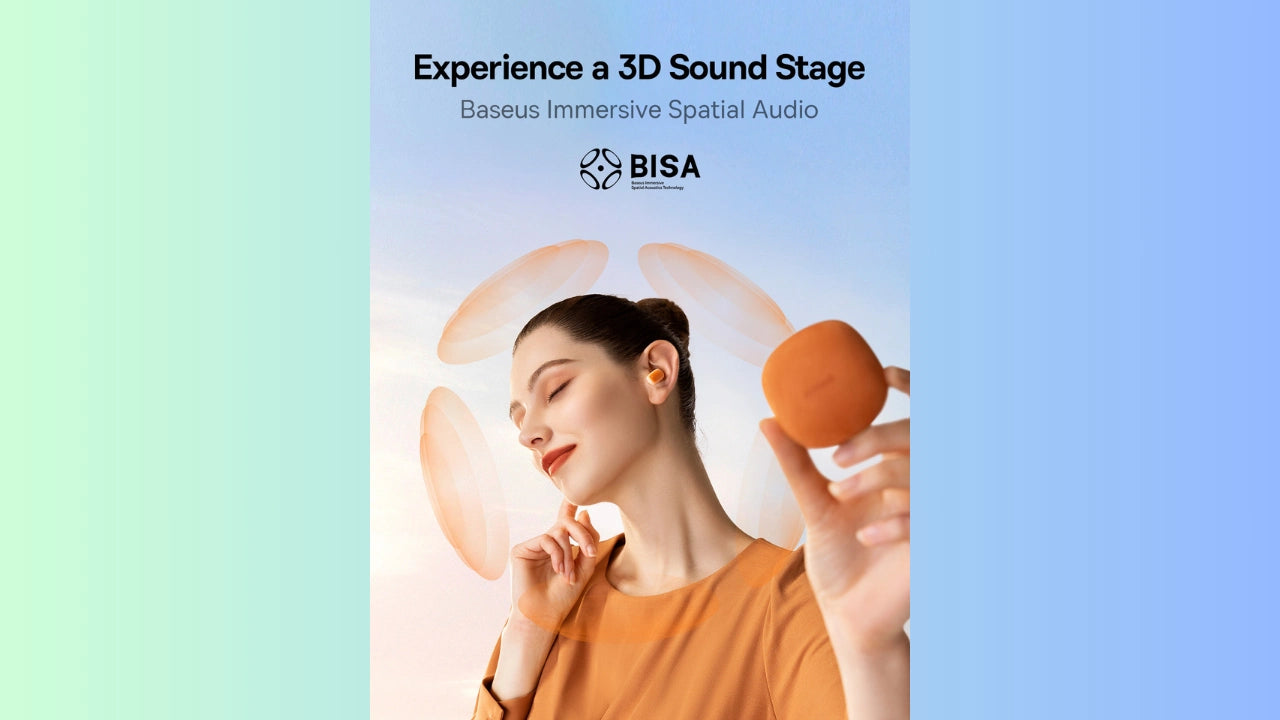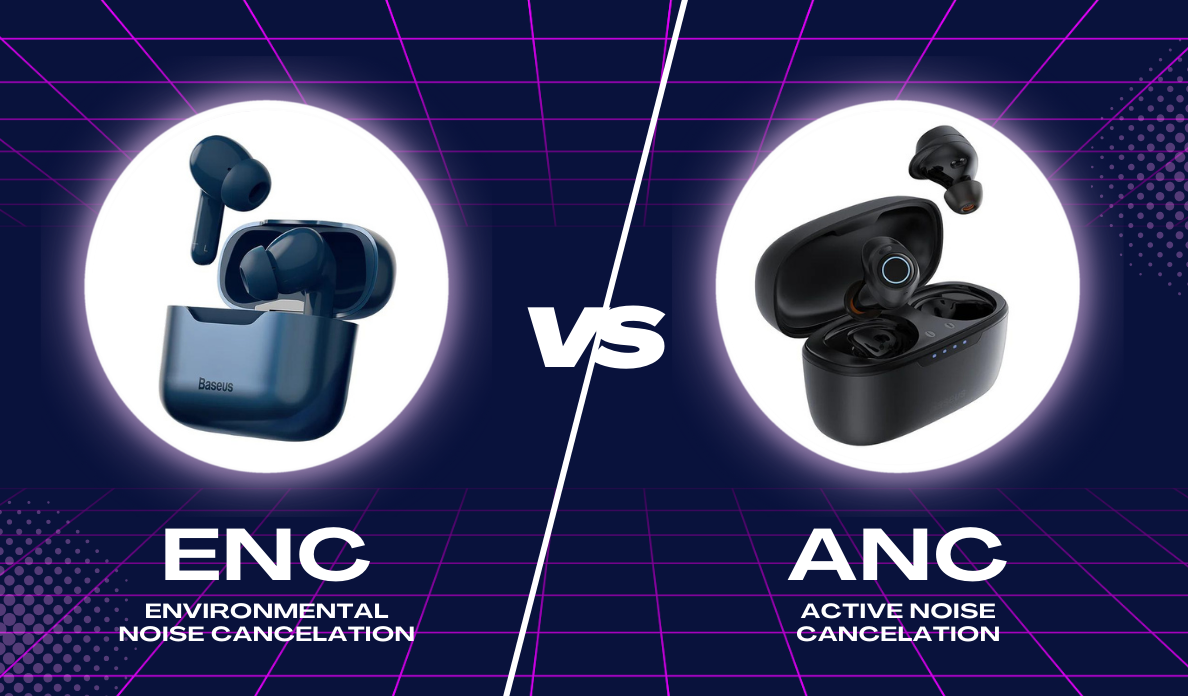Sound has always been an integral part of our sensory experience from the Big Bang to the present moment. It has the power to transport us to different worlds. It also evokes emotions and enhances our overall perception of the environment.
In recent years, audio technology has made significant advancements. One such innovation that has gained considerable attention is spatial audio. You don't need to be an audiophile to learn more about this technology.
This comprehensive guide aims to provide a clear understanding of what spatial audio means. It also goes into its applications across various industries, so keep reading.
What Is Spatial Audio?

Spatial audio, also known as 3D audio, is a technology that creates a three-dimensional sound field. This allows listeners to perceive sound as if coming from multiple directions and distances.
Unlike traditional stereo or surround sound, spatial audio aims to replicate the way sound behaves in the real world. This provides a more immersive and realistic listening experience.
It creates a sense of depth, dimension, and movement. This makes the sound appear to come from specific locations in space.
It's as if you have been transported to a music hall where you are surrounded by musical instruments and musicians. It has to be the ultimate in experiencing the music you love.
Principles and Techniques
Spatial audio employs various principles and techniques to recreate realistic soundscapes. Don't worry if these descriptions feel a little too technical. It's merely so you know how spatial audio works.
Binaural Audio
Binaural audio utilizes a recording technique that captures sound using specialized microphones. These are placed in the ears of a dummy head.
It could also do so with the use of artificial head-related transfer functions (HRTFs). This method replicates the way our ears receive sound. It enables listeners to perceive accurate directionality and spatial cues.
Oftentimes, guided meditation will use binaural audio, as it's said to have various beneficial health effects.
Ambisonics
Ambisonics is a technique that captures a full spherical sound field. It does this using multiple microphones or a dedicated ambisonic microphone. This method allows for the reproduction of sound in any direction.
The audio can get decoded and rendered for various speaker setups. It also has virtual reality (VR) applications.
Object-Based Audio
Object-based audio is a flexible approach where individual sound elements get treated as objects. These objects have associated metadata, such as position, size, and movement.
This allows for dynamic rendering and adaptation of the audio. The audio is based on the listening environment or the user's preferences.
How To Use Spatial Audio - Real-World Applications
Spatial audio has found applications in a wide range of industries. It has revolutionized the way we experience sound in various fields. Some of these fields are:
Entertainment and Gaming
Spatial audio enhances immersion in movies, TV shows, and video games. It creates a more realistic and engaging audio environment.
This allows for precise sound localization. This makes the viewer or gamer feel like they are truly present in the scene.
Music Production and Performance
Spatial audio enables musicians and producers to create immersive and multidimensional audio experiences. It opens up new possibilities for live performances.
Sound can be dynamically positioned and moved around the audience. This creates a more interactive and captivating atmosphere.
Virtual and Augmented Reality
Spatial audio is an essential component of the VR and AR experience. It helps create a sense of presence and realism by accurately representing sound sources in the virtual environment. Again, this improves overall immersion and user engagement.
Architectural and Environmental Design
Spatial audio has applications in architectural and environmental design. It can be used to simulate and evaluate acoustic environments.
This allows designers to optimize soundscapes in many different kinds of spaces. Some examples are concert halls, auditoriums, or even in urban planning.
Spatial Audio Technologies and Formats
Several technologies and formats have been developed to support spatial audio implementation. You might have heard of one or two of them or seen them embossed on your audio system.
Dolby Atmos
Dolby Atmos is one of the most popular spatial audio formats used in cinemas, home theaters, and music production.
It uses object-based audio techniques to deliver immersive sound experiences. It does so by using precise positioning and movement of sound objects. Many modern big-screen TVs and stereo systems have this sound feature.
DTS:X
This is another spatial audio format that provides an immersive audio experience. It does this by delivering sound from multiple directions.
It supports both channel-based and object-based audio reproduction. This allows for greater flexibility in different listening environments.
MPEG-H 3D Audio
MPEG-H 3D Audio is an audio standard developed by the Moving Picture Experts Group (MPEG). It enables immersive and interactive sound experiences.
It also supports various speaker setups. And provides advanced audio features such as personalized sound and interactivity.
Spatial Audio and Headphone Sound Quality
When it comes to modern headphones, spatial audio technology plays a crucial role. It creates a more immersive and realistic sound experience. Here are some spatial audio benefits that are used in headphones to enhance sound quality.
Binaural Rendering
Spatial audio in headphones often utilizes binaural rendering techniques. Binaural audio captures sound using specialized microphones placed in a dummy head. Or it can also be used with artificial head-related transfer functions (HRTFs).
These HRTFs simulate the way sound interacts with the human head and ears. They capture subtle cues that help us perceive the sound direction and spatial characteristics.
By applying these HRTFs during playback, headphones can recreate a three-dimensional audio environment. This makes the listener feel like they are experiencing sound from specific locations in space.
Head-Tracking Technology
Some advanced headphones incorporate head-tracking technology to further enhance the spatial audio experience. These headphones have built-in sensors that detect the movement of the listener's head.
By tracking the movement, the headphones can adjust the direction and positioning of the audio accordingly. This creates a more accurate and immersive soundstage.
As the listener turns their head, the sound sources adjust in real-time. This provides a more realistic and natural listening experience.
Virtual Surround Sound
Spatial audio in headphones can also simulate virtual surround sound. They expand the soundstage beyond the limitations of traditional stereo audio.
Virtual surround sound algorithms process the audio signals. This then creates the illusion of sound coming from different directions around the listener.
This helps create a more immersive audio experience. This is particularly used in gaming, movies, and virtual reality applications.
It allows for better localization of sound sources. And makes it easier to identify the direction from which specific sounds are coming.
Personalized Audio
Another aspect of spatial audio in headphones is the ability to personalize the sound. This gets performed based on the listener's unique anatomical features.
Some headphones offer customization options. These options allow users to calibrate their spatial audio settings. This calibration happens based on their individual ear shape and hearing characteristics.
You can probably relate to this. Many earphone users complain that their ears begin to hurt after wearing earphones for a long while.
This is because the earphones aren't molded to your specific ear's shape. They are mass-produced to fit a wide variety of ear shapes.
This customization ensures that the spatial audio effects are optimized for the listener. It results in a more accurate and personalized sound experience.
TWS Wireless Earbuds

An example of such spatial audio headphones is the Baseus AirNora TWS Bluetooth Earbuds. These fit ergonomically in the ear and also have active noise cancelation.
Not only that, but they are lightweight. They won't feel tiring for your ears to wear for long periods.
Finally, they have 1H fast recharging and effortless speed dialing. This way you can go forth without fear into every adventure with these earbuds.
Make sure to clean your earbuds frequently. So you don't experience any degradation in the sound quality.
Crossfeed and Reverberation
Spatial audio in headphones can also incorporate crossfeed and reverberation algorithms. This helps create a more natural and realistic listening environment.
Crossfeed algorithms mimic the way sound waves interact with the head and ears. They simulate the natural sound leakage that occurs when listening to speakers in a room. This helps recreate a more spacious and open soundstage.
Reverberation algorithms simulate the acoustic characteristics of different environments. This adds a sense of depth and ambiance to the audio, making it feel more natural and immersive.
Take Advantage of Modern Audio Technology
As sound technology progresses rapidly, we get to be the happy recipient of many advantages. If you love listening to music, then spatial audio is going to enhance your listening experience in many ways.
It's time for you to purchase spatial audio headphones from Baseus and truly experience what your music should sound like. You won't be able to go back once you experience all the brilliant spatial audio benefits.
Check out our catalog of audio headphones and earbuds.
 United States/English
United States/English





